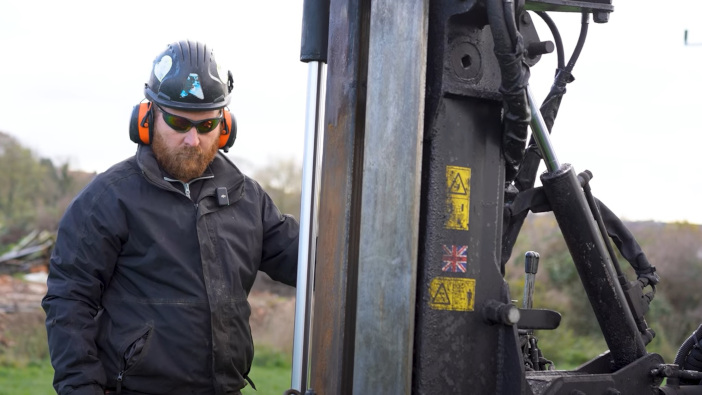A new survey by LSBUD, the leading online safe digging resource, has found that 67% of UK agricultural workers know someone that has struck an underground pipe or cable during digging operations.
11% of these incidents ended in injury, with 3% resulting in a fatality. In 85% of cases, there was significant damage to the underground asset, with a subsequent impact on the local community. 26% of incidents led to business disruption, 17% led to flooding, 8% resulted in traffic disruption, 4% impacted relationships with local residents and 1% led to a total evacuation of the local population. In addition, 8% led to environmental damage and 3% resulted in significant fines.
Sarah Lee, director of policy, Countryside Alliance said: “The results from this survey show we could reduce the amount of digging accidents by undertaking a simple check of what underground assets are below. I know there are competing pressures and deadlines but taking five minutes to ensure we know what is below can ensure the safety of those working and minimise disruption for local communities.”
The depth of the excavation project is also significant. 62% of UK agricultural workers are digging to below three feet, while a quarter of all projects are reaching depths of six feet or more.
Richard Broome, MD at LSBUD, commented: “Having two-thirds of farmers either hitting a pipe or cable themselves or knowing someone that has, is quite scary. People are unnecessarily putting themselves at risk when a two-minute search could help save their life.
“Something that people forget is that in the UK we have pipelines carrying substances ranging from chemicals to oil – all likely to be at very high pressure. These pipelines are often buried just two to three feet below the surface, and the majority of the farmers we spoke to are operating in this depth range, and deeper.
“Care and consideration must be factored in when putting a digger bucket, fence post or even spade into the ground. That said, even deep agricultural groundworks and the impact of heavy machinery at crossing points must be considered.”
The ability of modern machinery to break ground faster and deeper than before puts workers at an increased risk, according to LSBUD. Despite this, 25% of respondents admitted that they do not check the location of underground pipes and cables before digging. Of those that do, 40% simply ask a colleague.
While 36% of those who check, use an online resource, this amounts to just 8% of farmers overall. When asked why they don’t use an online system, 79% stated that they do not need to know the location of each underground asset, while 19% thought it would take too long and 11% believed it would be too expensive. 4% responded that they were not worried about hitting an underground pipe or cable.
Mr Broome added: “As a team dedicated to helping anyone across the country dig safely, and for free, we find this sentiment worrying to say the least. Almost four-fifths of those surveyed felt there was no need to search before digging because they know their land.
“Whilst this might be true, can you be too careful? Does everyone undertaking such works on your land have the same knowledge? Could the assets have changed depth since installation? Does your approach change when farming new land parcels or contracting for other farmers? What can our team do to help change this and help the broad range of farmers across the UK understand this risk before it is too late?”
He concluded: “To that 4% of agricultural workers who ‘aren’t worried’ about hitting pipes and cables, I urge you to reconsider. This research, from the industry, confirms that such strikes cause injury and sometimes even death. Let’s stay safe and always search before you dig.”


